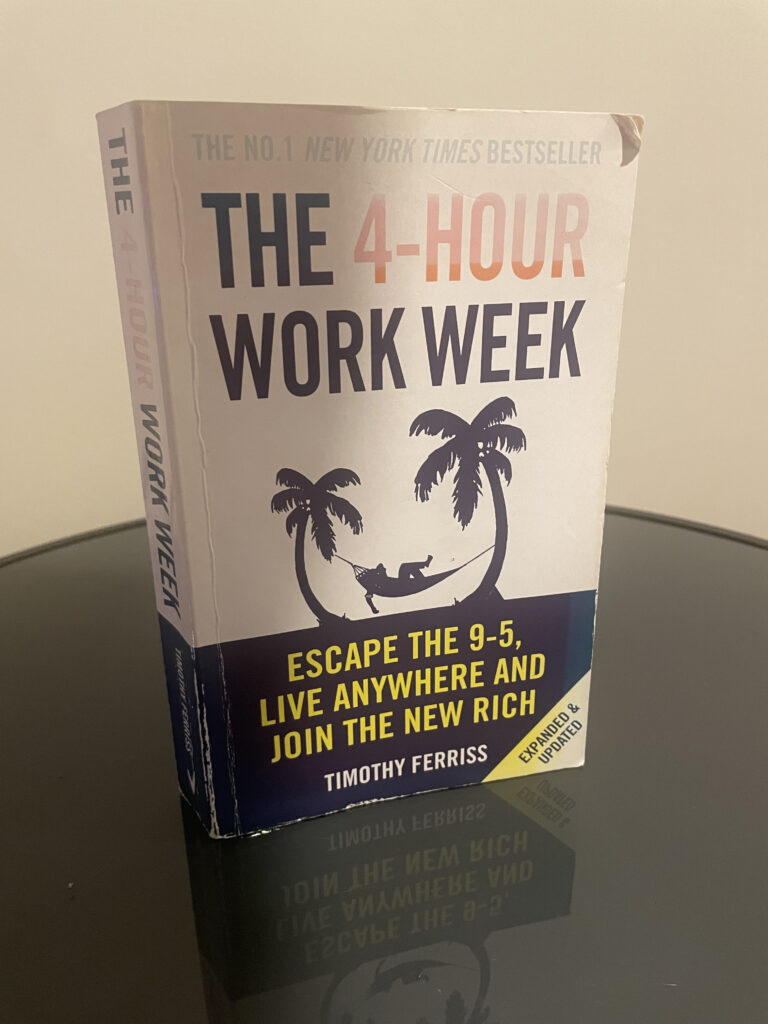Ask yourself this: Are you an entrepreneur who runs a business of some sort? Maybe you’re a solo entrepreneur managing everything on your own. Maybe you run a business with anywhere from a few employees to hundreds. Or maybe you simply have a side hustle that you’re trying to grow while working your 9-5.
Regardless of which category you fall into, one thing remains the same — efficiency is key.
How efficient you are with your procedures and day-to-day business operations can be the difference between success and failure, being profitable or losing money, and having the time and energy to scale your business or getting stuck in a cycle of overwhelm and burnout.
In case you’re struggling to pinpoint and assess your own efficiency levels within your business, inefficiencies may look like the following: having an overwhelming number of tasks and duties that you and your team carry out daily, which tend to overload everyone; having a lack of focus on high-impact customers and products; or experiencing high levels of procrastination, delayed decisions, and missed deadlines within your business operations.
These are just examples — and I’m sure you can think of a few others that you may personally struggle with.
The good news is there are a variety of methods that can be used in order to overcome inefficiencies and increase productivity, results and profits. The 80/20 Principle and Parkinson’s Law are two of the most effective methods available. Once you’ve fully analysed the shortcomings within your business, you can apply these principles to different areas — leading to increased productivity by anywhere from 100% to 500%.
80/20 Principle
The basis of the 80/20 principle within business is simple – 80% of outcomes result from 20% of the inputs. This can be applied in many different formats and spun in different ways such as the following:
- 80% of the consequences flow from 20% of the causes
- 80% of the results come from 20% of the effort and time
- 80% of company profits come from 20%of the products and customers.
However, the takeaway largely remains the same – that a small portion of your efforts, products, clients and resources are responsible for the majority of your results. In turn, this means that there will likely be many things which your efforts are being spent on which are not worth it, and this is the point of the principle. It’s about thinking of which areas of your business from the day to day runnings, procedures, products, clients and methods are actually bringing in the majority of your results. In order to find this out, it means you will have to do full analyse of your business where you dissect everything which doesn’t work. To make this easier you can do this through the scope of the following two questions:
- Which 20% of sources are causing 80% of my problems and unhappiness?
- Which 20% of sources are resulting in 80% of my desired outcome and happiness?
If you apply the above questions to different aspects of your business, you’ll soon uncover areas you’re heavily investing in that aren’t delivering much in terms of results. For example, after analysing your data, you might realise that the majority of traffic to your website comes from Facebook Ads. However, within your business, you also run Instagram and Google Ads. Upon checking your analytics, it becomes clear that Facebook is the main driver of traffic, while Instagram Ads aren’t as effective — yet your ad spend is split evenly across all three platforms. Applying the 80/20 rule here would suggest cutting the Instagram Ads and reallocating that budget to double down on Facebook Ads (the channel bringing in 80% of the results but only getting 20% of the attention).
Be okay with cutting ties with methods that aren’t working — especially if your data clearly shows there’s a more efficient approach. Another example would be reviewing the types of clientele purchasing your products or services. Who makes up the majority demographic? Maybe you’re spending too much money and time appealing to a certain market, when most of your profits are coming from a specific niche. If 80% of your business is coming from that niche, it makes sense to focus your attention there instead of wasting resources on audiences that aren’t converting.
These are just examples, the point is to find out how you can apply this to your business and structure, what can you cut? And what can you double down on to increase productivity, efficiency and results.

The parkinson’s Law
The Parkinson’s law dictates that a task will swell in perceived importance in relation to the time you allocate for its completion. The basis of this is as follows: if you give yourself a week to complete a task you’ll most likely take six days to procrastinate and ponder the task and then complete it on or around the sixth or seventh day. If you give yourself a month to complete a task, usually it will get put off and disregarded for over three weeks until your deadline approaches and you feel the need to complete the task. However, if you give yourself 24 hours to complete the very same task, you’ll find a way to get it done. I think back to the fourth year of my university days where I had to complete my dissertation, something I knew was coming for a whole year, something we were able to prepare for and write all final year, but of course it was left until the last week and fully completed on the final day with the thanks to an all nighter the night before.
Within your day-to-day business operations, Parkinson’s Law might show up in the following ways: assigning overly long deadlines to tasks and projects, which often leads to increased procrastination; scheduling unnecessarily long meetings to address issues that could be resolved in a fraction of the time (for example, booking an hour-long meeting when 15 minutes would suffice); or running slow product/service development cycles that could instead be trialed and tested in smaller, faster iterations to speed up the process.
Again, these are all just examples. To start, Identify the tasks which may take too long within your operations and within reason cut down the deadline time – leading to more efficiency and productivity.
Conclusion
Success in business isn’t about doing more — it’s about doing what matters most. By applying the 80/20 principle and Parkinson’s Law, you can cut the noise, work smarter, and focus on the actions that actually move the needle.
Start by identifying what’s really driving your results, cut what isn’t, and shorten the time you give to tasks. Small changes in focus and structure can lead to massive gains in efficiency, profits, and peace of mind.
Work less, achieve more — that’s the smart entrepreneur’s way.
Inspired by the 4-Hour Work Week

